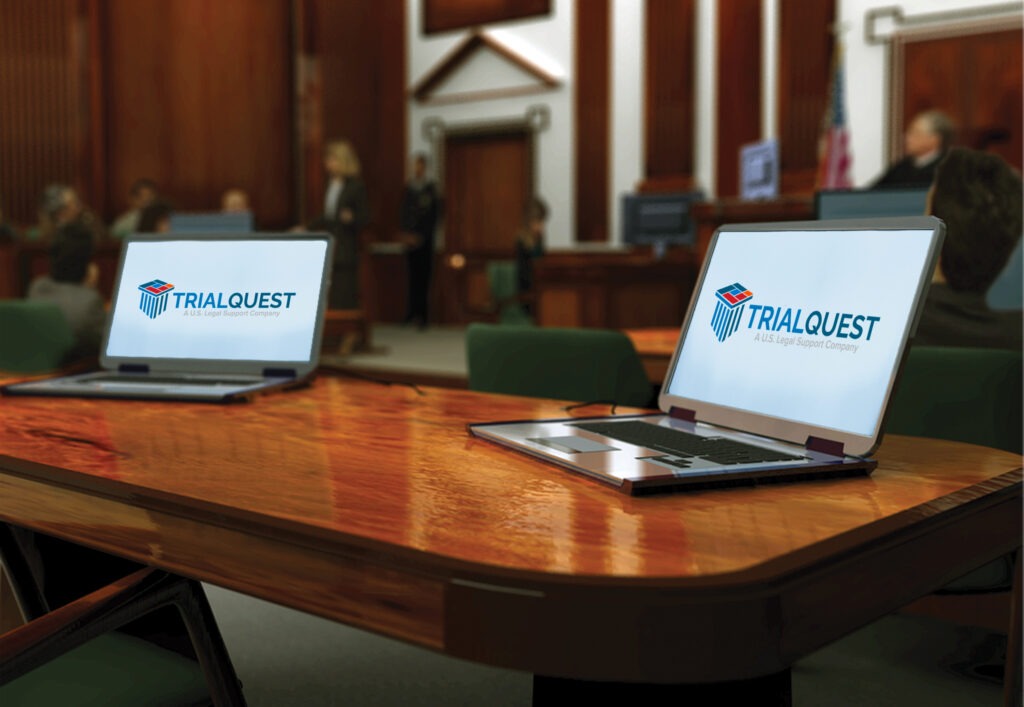Legal teams rely on powerful trial presentations to strengthen their cases.
Legal teams rely on powerful trial presentations to strengthen their cases.
Blog Article
How Trial Presentations Enhance Your Argument and Persuade Jurors
Trial presentations offer as a pivotal device for boosting lawful debates and convincing jurors. By incorporating visual aids, narrative structures, and emotional engagement, lawyers can develop an engaging instance that reverberates on several levels. The tactical use of visuals not just makes clear intricate info but also records jurors' focus better than words alone. However, the art of storytelling plays a just as essential function in transforming valid proof into a compelling story, shaping jurors' assumptions - trial presentations. Understanding these aspects can substantially impact test outcomes, elevating the concern of how each part adds to this elaborate dynamic.

Relevance of Aesthetic Help
Visual help play an essential role in enhancing the effectiveness of test presentations, as they can significantly raise audience engagement and retention of details. In the context of a test, where jurors are tasked with processing complex details, aesthetic aids serve to streamline and clarify bottom lines. Graphes, graphs, and images can communicate information and ideas that might otherwise bewilder or puzzle jurors, allowing for a much more straightforward understanding of the proof presented.
Additionally, visual aids assist in maintaining juror interest throughout the proceedings. By breaking the monotony of spoken testimony, these tools can stress important arguments, making them extra memorable. Reliable visual aids can additionally evoke psychological responses, which can be crucial in convincing jurors to straighten with the presenter's narrative.

Crafting Engaging Narratives
A compelling story is vital in trial discussions, as it offers as the foundation of reliable persuasion. It allows attorneys to weave with each other realities, evidence, and emotional aspects right into a coherent story that reverberates with jurors. This narrative framework enables jurors to comprehend the intricacies of the instance while guiding them through the attorney's disagreement.
To craft a compelling narrative, lawyers need to concentrate on quality and coherence. In addition, the use of vibrant descriptions can create mental pictures that aid jurors imagine the events, making the story a lot more remarkable.
In addition, integrating vital styles throughout the discussion strengthens the core message and help in retention - trial presentations. The narrative must not just communicate details however additionally evoke a feeling of justice, highlighting the stakes included. Ultimately, a sound story fosters a link between the jurors and the case, placing the lawyer's disagreement as both credible and engaging, thus increasing the likelihood of a desirable decision

Involving the Jury Emotionally
Reliable court engagement pivots on the lawyer's ability to link with jurors on a psychological degree. This connection can substantially influence jurors' understandings and their ultimate decision-making.
Visual help, such as pictures or videos, can even more improve psychological interaction, giving jurors with vivid representations of the situation's human components. Crafting a narrative that highlights the struggles and accomplishments of the individuals involved makes sure that jurors see past the lawful debates and recognize the human repercussions of their decisions.
A lawyer's enthusiastic distribution can reverberate with jurors, Full Report strengthening their emotional investment in visit this site right here the case. It's vital to balance emotional charms with accurate evidence, ensuring that jurors really feel urged to act while continuing to be based in the truth.
Structuring Your Presentation

The body of the discussion should be realistically fractional right into essential factors, each sustained by compelling evidence. It is helpful to use storytelling methods to weave realities right into a story that jurors can easily comply with. Aesthetic help, such as graphes and video clips, can boost understanding and interaction, aiding to highlight essential pieces of evidence.
Real-World Study
Analyzing real-world situation research studies gives very useful understandings right into the art of test presentations and persuasion. The defense team successfully used an approach that integrated top-level specialist testaments with multimedia discussions, which captivated jurors and ultimately influenced their decision.
Another noteworthy example is the "McDonald's Coffee Situation," where the plaintiff's attorneys utilized graphic images of the injuries sustained by Stella Liebeck. trial presentations. This stark aesthetic evidence played a vital function in conveying the severity of her burns, resulting in a considerable court honor. Such situations demonstrate that impactful trial presentations commonly pivot on the reliable assimilation of visuals and narration to evoke emotional responses from jurors
Furthermore, the "Casey Anthony Test" highlighted the relevance of narrative comprehensibility and credibility. The prosecution's failing to develop a compelling timeline decreased their persuasive power, emphasizing the need of a well-structured discussion. Assessing these navigate here situations exposes that successful test discussions require strategic preparation, psychological interaction, and the ability to resonate with jurors' worths and beliefs.
Conclusion
Trial discussions dramatically enhance debates and convince jurors with the critical use of visual help, compelling narratives, and psychological engagement. A well-structured discussion balances psychological appeals with accurate proof, inevitably resonating with jurors' worths.
Report this page